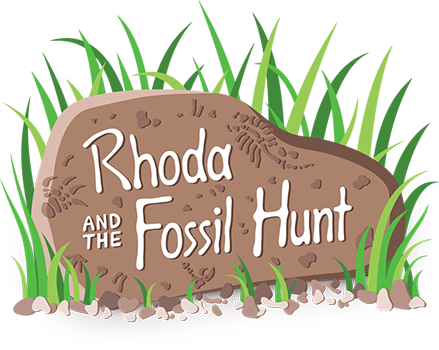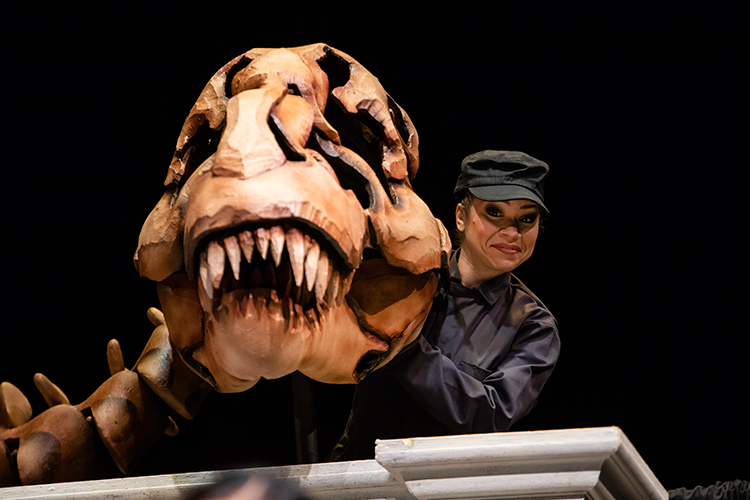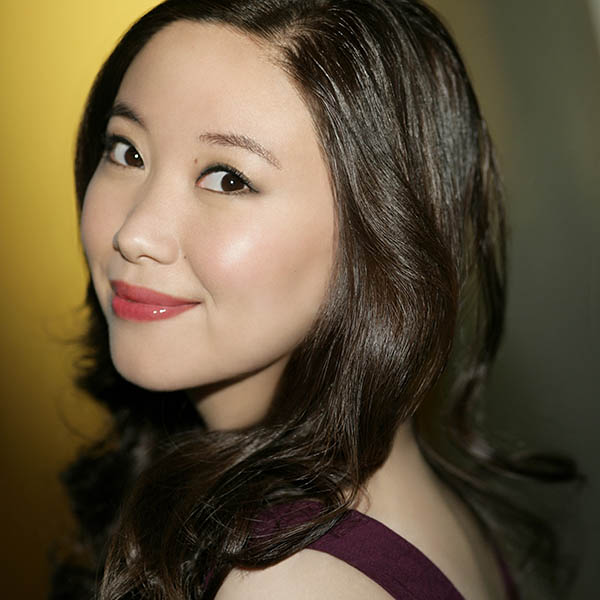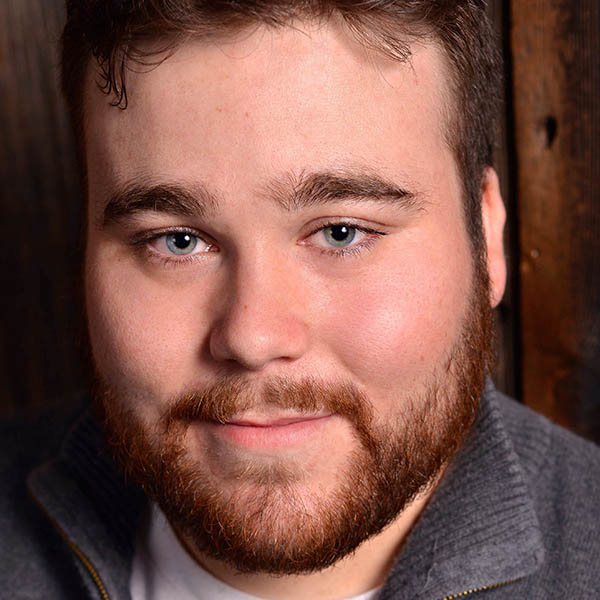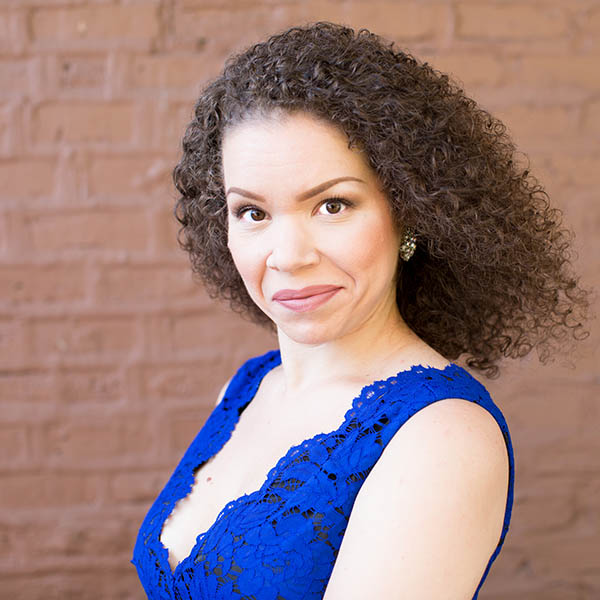In the early 20th century, Dr. Henry F. Osborn was president of the American Museum of Natural History and a respected paleontologist, a scientist who studies fossils. To bring the museum’s fossil collection to life for visitors, Dr. Osborn turned to painter Charles R. Knight.
Through his detailed paintings, Knight took viewers millions of years back in time to see dinosaurs as active creatures instead of just fossilized skeletons. In fact, you can see some of his wall-sized paintings, called murals, at The Field Museum in Chicago.
Every weekend, Knight’s granddaughter, Rhoda, joined him at the museum while he worked. Rhoda called her grandfather “Toppy.” She watched in awe as Toppy used scientific knowledge and his imagination to transform the massive fossils unearthed by the museum’s paleontologists into paintings and sculptures.
In the opera, we join Rhoda at the museum as she goes on a hunt for the missing fossils of the newly discovered dinosaur, Deinocheirus. With the help of a friendly Tyrannosaurus Rex skeleton and a cavewoman (who prefers to be called a Neanderthal), Rhoda uncovers clues about the past and learns about the connection between creativity and science.
